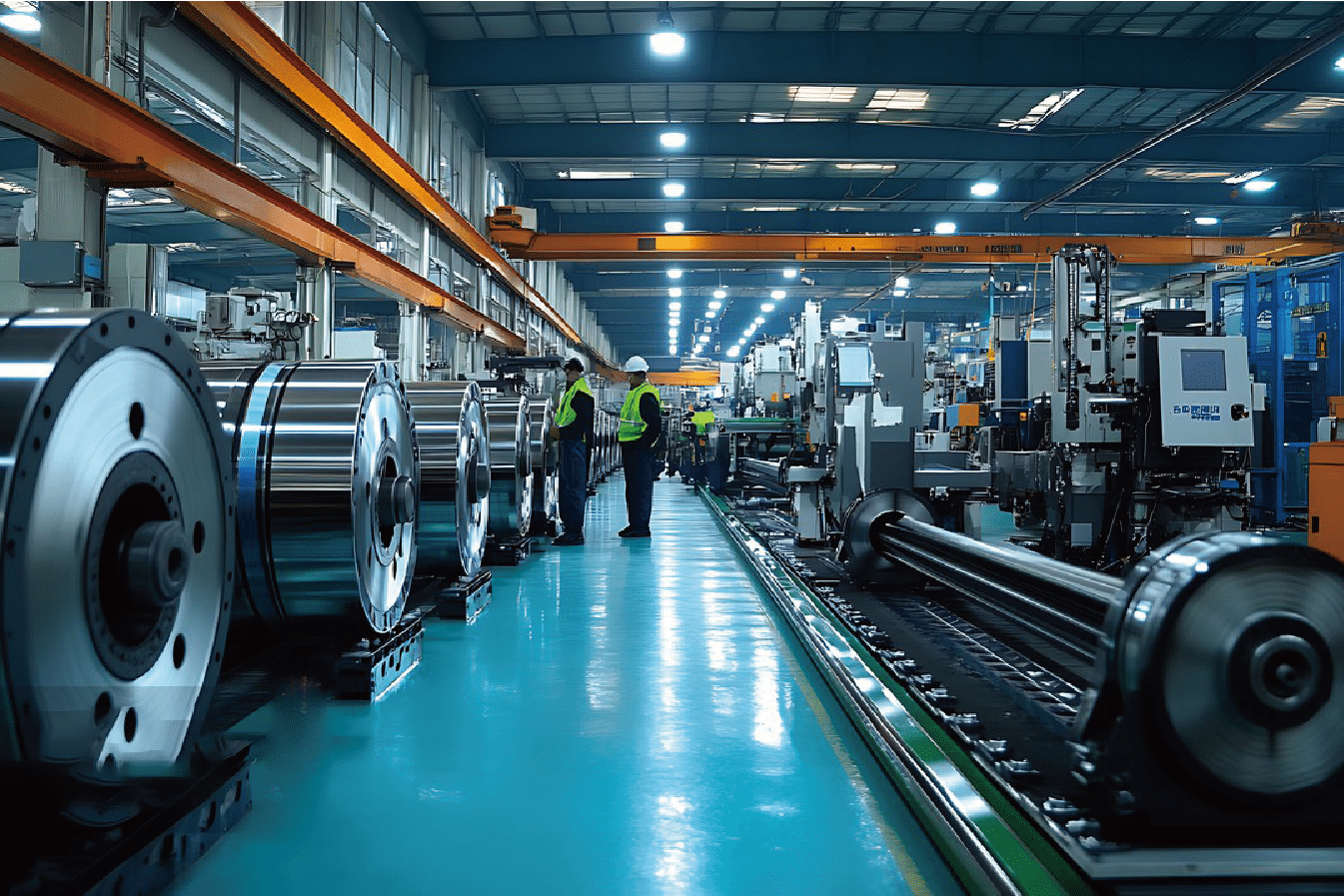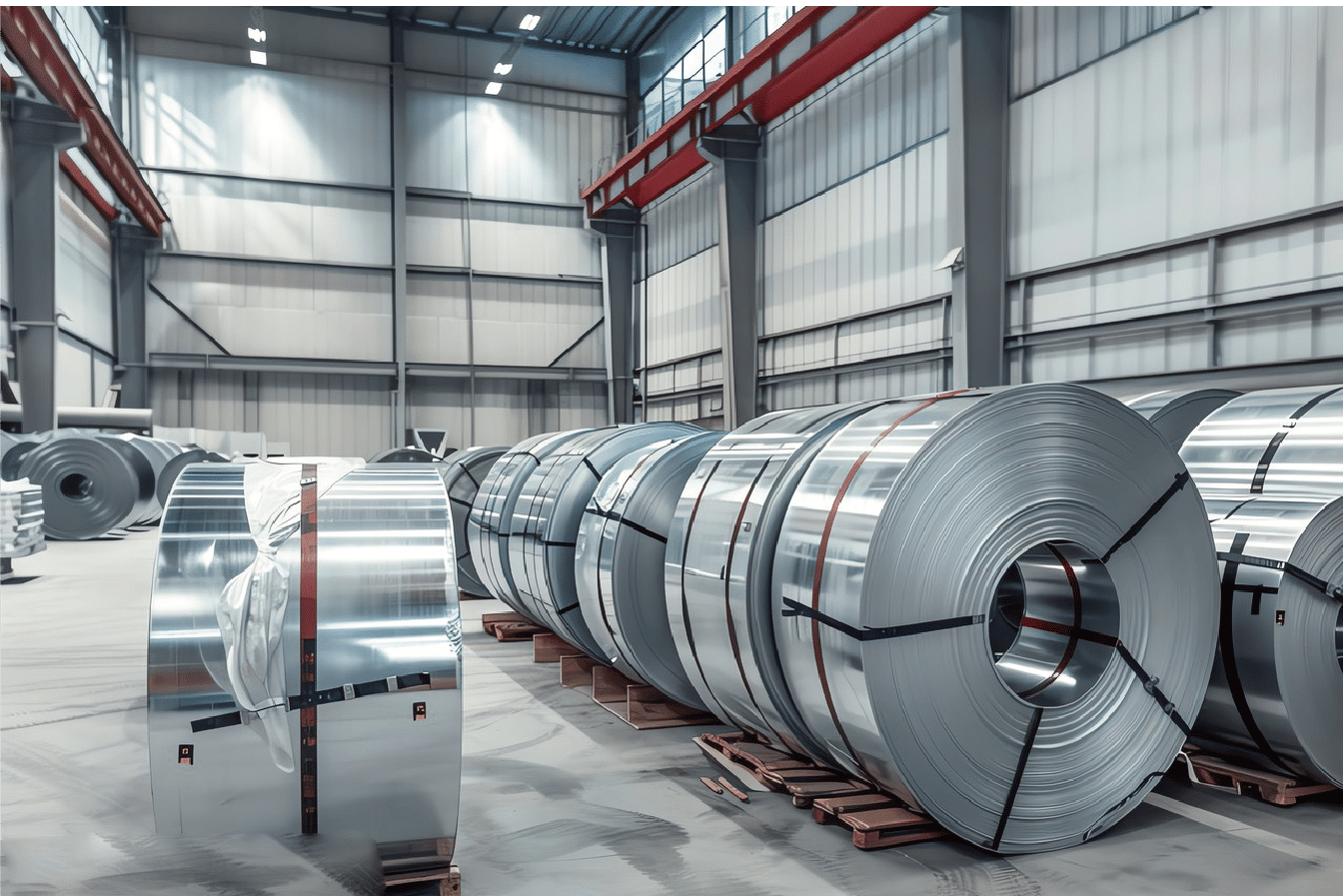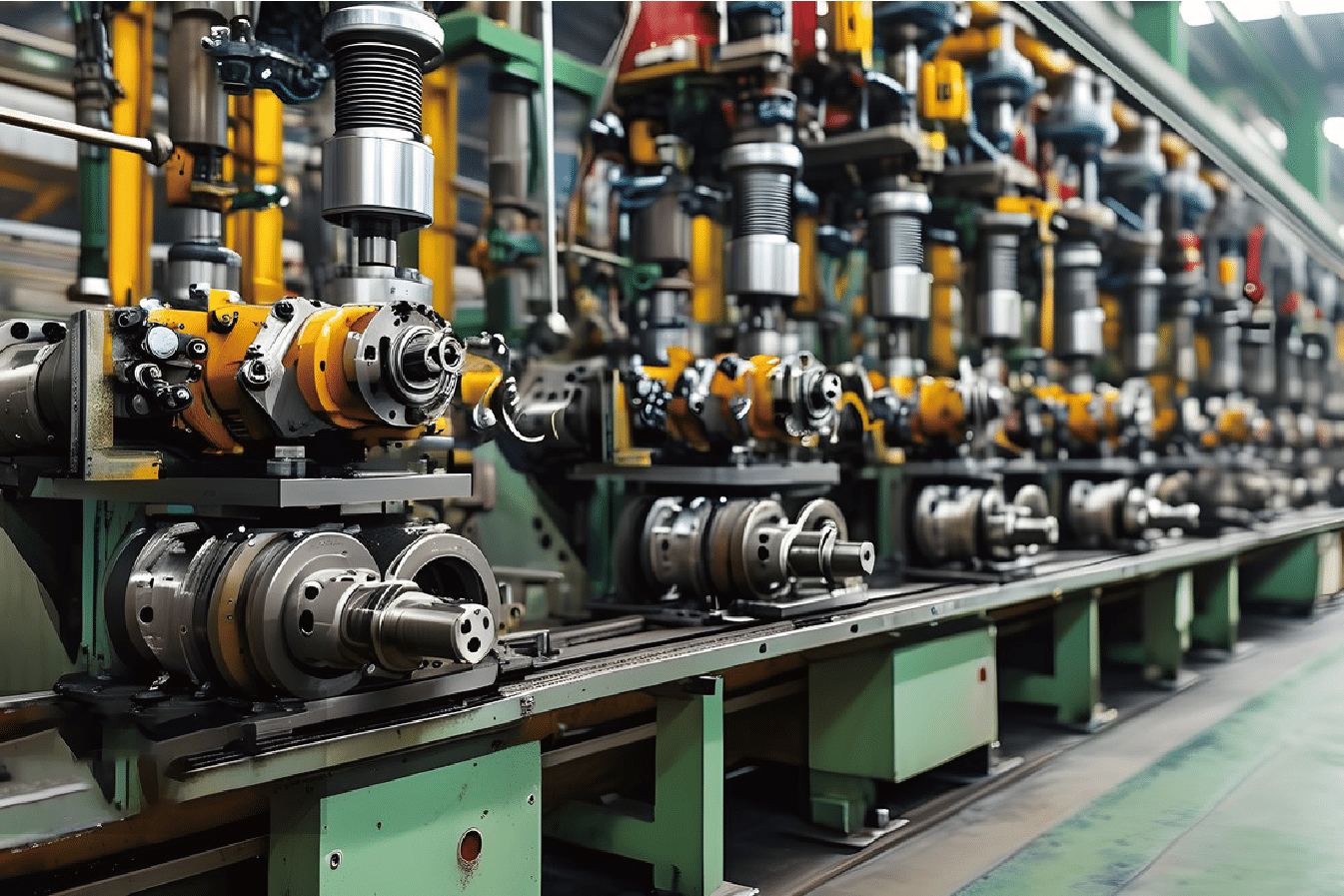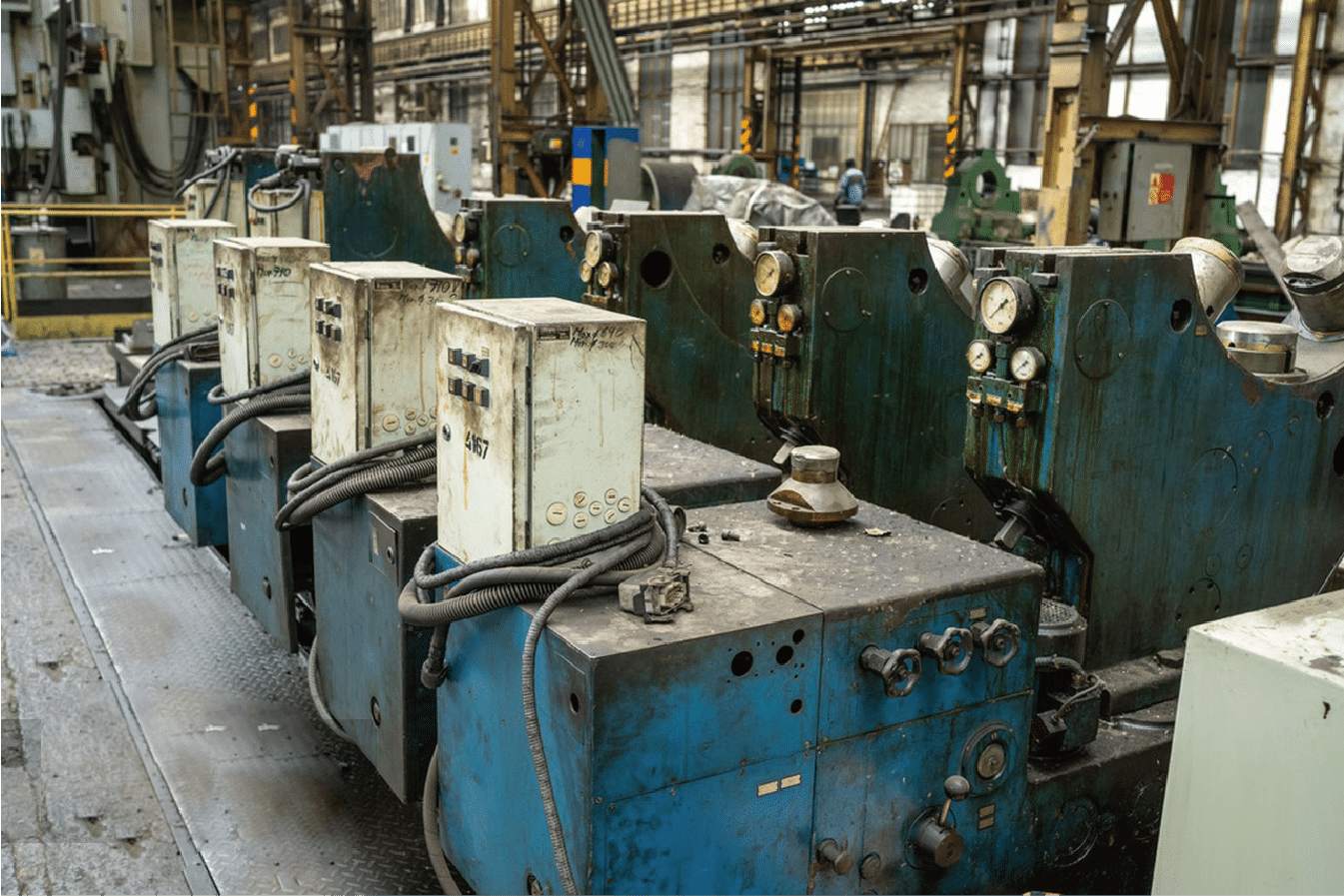
After 15 years of quality control experience in stainless steel pipe manufacturing, I've encountered virtually every type of defect possible. Understanding these issues is crucial for maintaining product quality and safety.
Manufacturing defects in stainless steel pipes commonly include rolling defects, weld failures, heat treatment issues, and surface imperfections. Early detection and proper quality control measures are essential for maintaining product integrity.
Through my work with major pipe manufacturers and end-users, I've learned that defect prevention is far more cost-effective than correction. Let me share insights into the most critical defects and how to address them effectively.
The American Society for Testing and Materials (ASTM standards)1 emphasize the importance of understanding and controlling manufacturing defects. These issues can significantly impact pipe performance and safety in critical applications.
Which Common Defects Occur During the Pipe Rolling Process?
Based on extensive quality control data from our production lines, rolling defects represent some of the most challenging issues in pipe manufacturing. The American Iron and Steel Institute (AISI reports)2 that rolling defects can account for up to 40% of all pipe manufacturing issues.
According to ASTM A999/A999M standards, common rolling defects include lap seams, slivers, scabs, and dimensional variations. These defects typically occur during the forming process and can significantly impact pipe integrity.
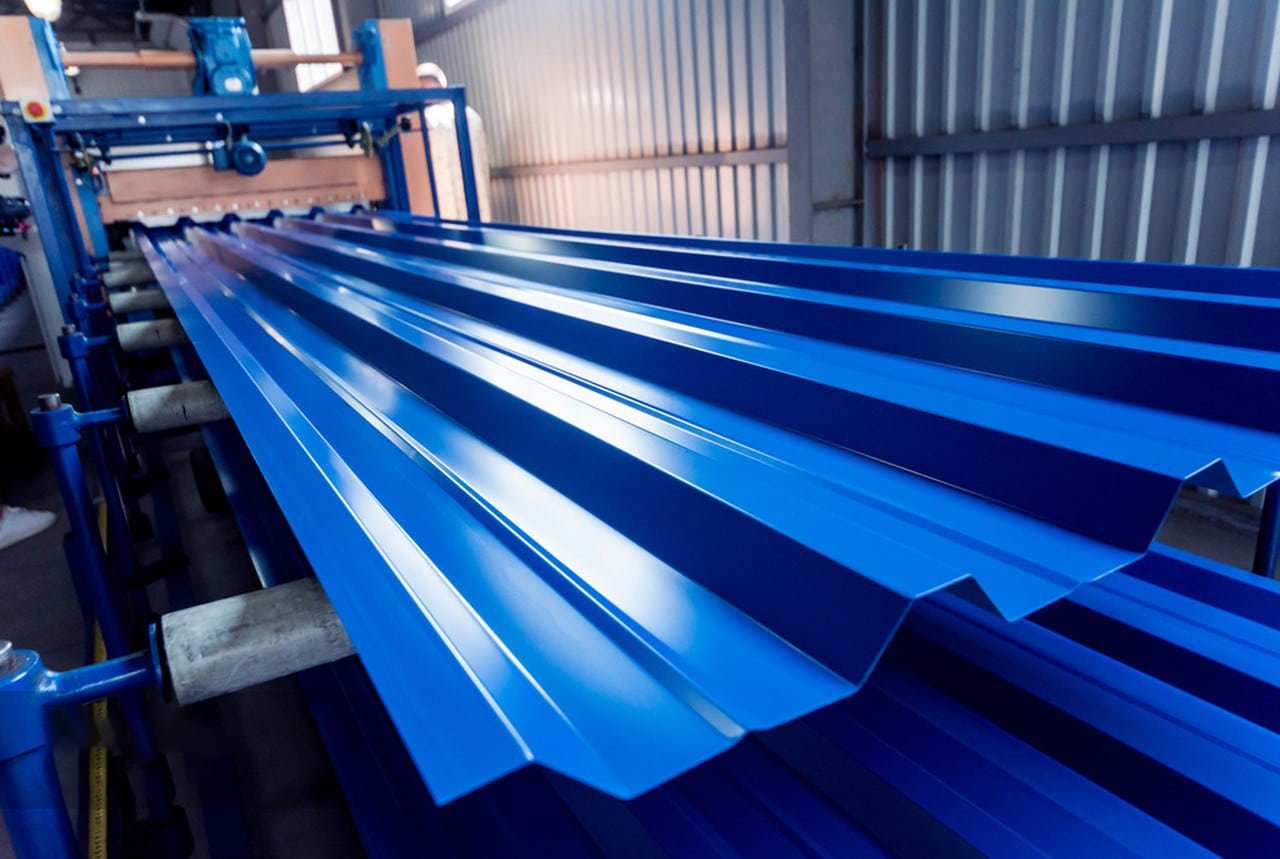
Types of Rolling Defects
The Steel Tube Institute's 2023 Manufacturing Quality Report categorizes rolling defects based on their formation mechanisms and impact on pipe quality:
| Defect Type | Primary Cause | Impact on Quality |
|---|---|---|
| Lap Seams | Improper Edge Alignment | Structural Weakness |
| Slivers | Surface Contamination | Finish Issues |
| Dimensional Variation | Roll Setup Problems | Fit-up Difficulties |
Impact on Product Quality
According to the Tube & Pipe Association's 2022 industry study, rolling defects can lead to:
- 15-20% reduction in pipe strength
- Increased risk of failure under pressure
- Poor surface finish quality
- Dimensional inconsistency
The National Association of Corrosion Engineers (NACE reports)3 that rolling defects can:
- Create stress concentration points
- Reduce corrosion resistance
- Affect mechanical properties
- Compromise weld integrity
Detection and Classification
The American Society for Nondestructive Testing (ASNT guidelines)4 outlines specific methods for identifying rolling defects:
- Ultrasonic testing
- Eddy current inspection
- Visual examination
- Dimensional measurement
Recent studies by the Materials Technology Institute show that advanced detection methods can identify up to 95% of rolling defects before they impact final product quality.
How Do Defective Welds Affect Stainless Steel Pipe Integrity?
Through my experience overseeing welding quality control, I've seen how weld defects can compromise entire pipe systems. The American Welding Society (AWS findings)5 reports that weld failures account for approximately 35% of pipe manufacturing rejections.
According to ASME B31.3 Process Piping standards, weld defects can significantly compromise pipe integrity through reduced strength, corrosion resistance, and pressure-holding capability. Common issues include lack of fusion, porosity, and cracking.
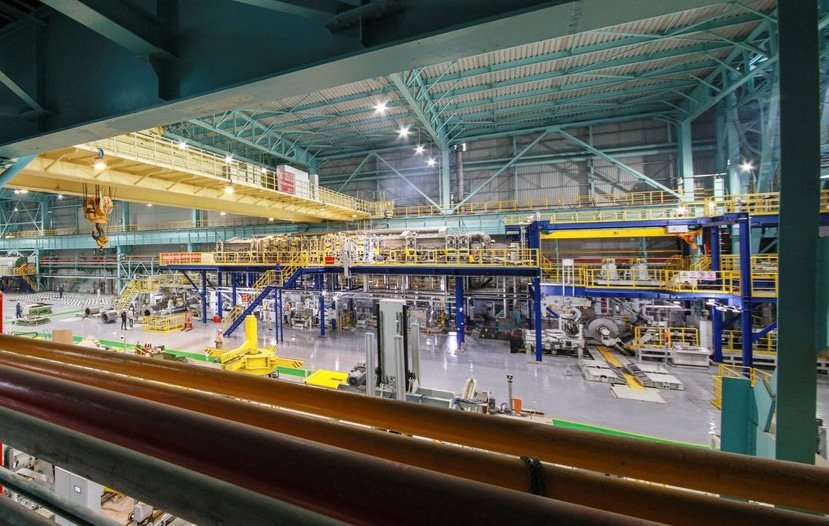
Critical Weld Defect Types
The American Society for Nondestructive Testing (ASNT) categorizes major weld defects based on their formation and severity:
| Defect Type | Industry Standard Limit | Potential Impact |
|---|---|---|
| Porosity | Max 3% by area (ASME) | Strength reduction |
| Lack of Fusion | Not acceptable | Structural failure |
| Cracking | Zero tolerance | Immediate rejection |
The Welding Research Council's 2023 report identifies key factors contributing to weld defects:
- Improper welding parameters
- Material contamination
- Poor joint preparation
- Inadequate shielding gas coverage
Impact on Mechanical Properties
According to research by the Edison Welding Institute, defective welds can significantly impact pipe performance:
- Tensile strength reduction up to 40%
- Fatigue life decreased by 60%
- Pressure resistance compromised by 30%
- Corrosion resistance severely affected
Advanced Inspection Methods
The International Institute of Welding outlines several key inspection techniques for weld quality assurance:
Modern inspection methods include:
- Radiographic testing (RT)
- Ultrasonic testing (UT)
- Magnetic particle inspection (MPI)
- Dye penetrant testing (PT)
ASME Section V Nondestructive Examination standards require specific inspection protocols:
- 100% RT or UT for critical service pipes
- Visual inspection of all accessible surfaces
- Supplementary PT for surface defect detection
- Regular calibration of inspection equipment
What Role Does Heat Treatment Play in Preventing Manufacturing Defects?
After years of managing heat treatment operations, I've witnessed how crucial proper thermal processing is for pipe quality. The American Society for Metals (ASM insights)6 confirms that over 40% of pipe manufacturing defects can be traced back to improper heat treatment.
According to ASTM A999/A999M standards, proper heat treatment is essential for preventing residual stress, maintaining dimensional stability, and ensuring optimal corrosion resistance in stainless steel pipes.
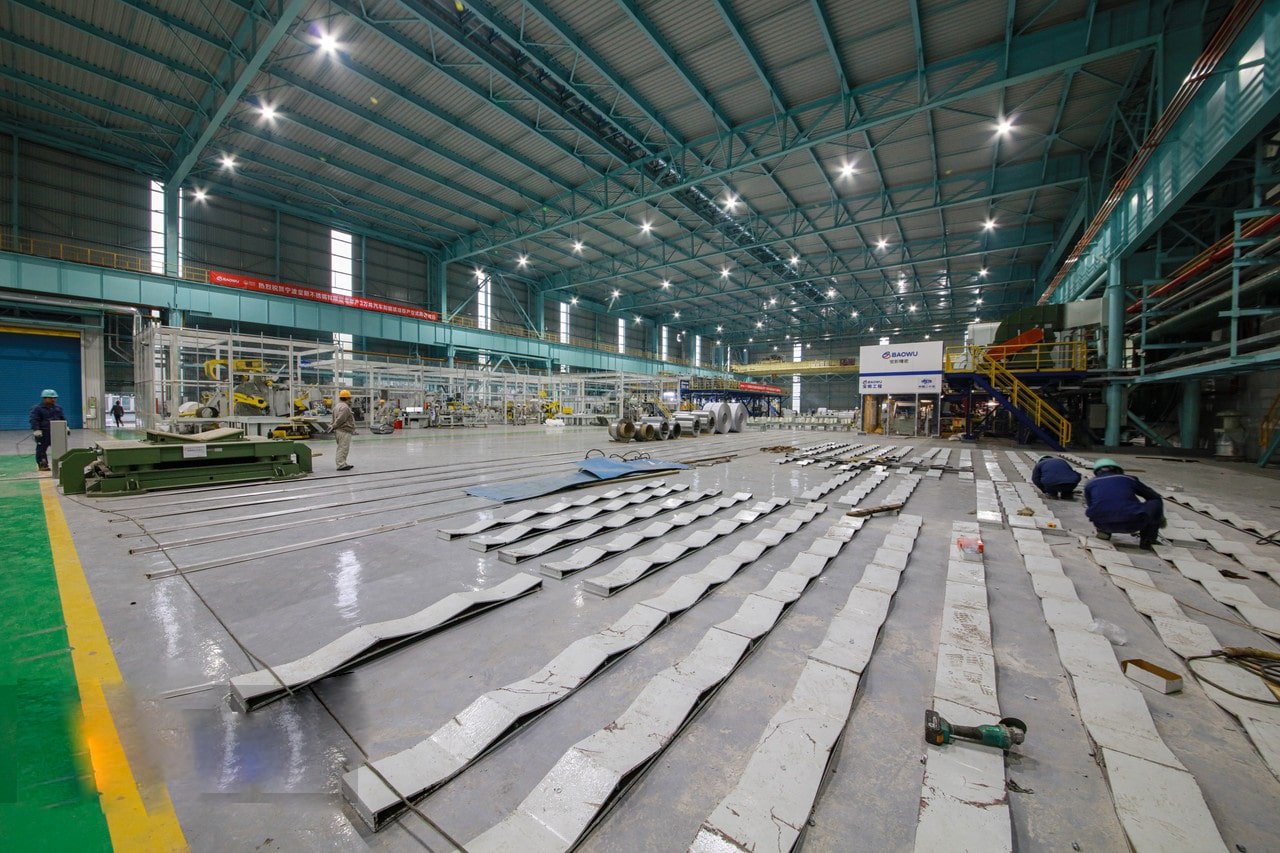
Critical Heat Treatment Parameters
Through extensive research and practical experience, the ASM Heat Treating Society has established clear correlations between heat treatment parameters and pipe quality. Their studies show that precise control of temperature, time, and cooling rates is essential for preventing defects.
| Process Stage | Critical Parameters | Quality Impact |
|---|---|---|
| Solution Annealing | 1900-2100°F | Stress Relief |
| Cooling Rate | >50°F/min | Prevent Sensitization |
| Stress Relief | 1500-1650°F | Dimensional Stability |
The importance of proper heat treatment cannot be overstated in high-performance pipe manufacturing. According to the Materials Technology Institute, improper thermal processing can lead to catastrophic failures in service. Their research demonstrates that correctly heat-treated pipes show significantly better performance in corrosive environments and under high-stress conditions.
Microstructural Development
Heat treatment's role in preventing defects goes beyond simple stress relief. The National Institute of Standards and Technology's metallurgical studies reveal how proper thermal processing affects material structure at the microscopic level. Their findings show that controlled heating and cooling cycles are essential for:
- Optimal grain size development
- Carbide dissolution
- Uniform property distribution
- Enhanced corrosion resistance
Recent research by the Metal Treatment Institute has demonstrated that advanced heat treatment protocols can reduce residual stress levels by up to 85% compared to conventional methods. This improvement directly translates to better pipe performance and longer service life in demanding applications.
Quality Control Integration
Modern heat treatment facilities employ sophisticated monitoring and control systems to ensure consistent results. The ASM Handbook on Heat Treatment of Stainless Steels outlines specific requirements for process validation and quality control. These guidelines emphasize the importance of:
- Continuous temperature monitoring
- Precise atmosphere control
- Uniform heating patterns
- Controlled cooling rates
For example, a major petrochemical pipe manufacturer implemented advanced heat treatment controls based on these guidelines and documented:
- 60% reduction in stress-related defects
- Improved dimensional stability
- Enhanced corrosion resistance
- Better overall product consistency
How Are Surface Imperfections and Internal Flaws Detected?
Throughout my career in quality assurance, I've seen inspection technology evolve dramatically. The American Society for Nondestructive Testing (ASNT advancements)7 reports that modern detection methods can identify defects as small as 0.1mm in both surface and subsurface locations.
According to ASTM E2375 standards, comprehensive flaw detection requires a combination of visual, ultrasonic, radiographic, and electromagnetic testing methods to ensure pipe integrity throughout its volume.
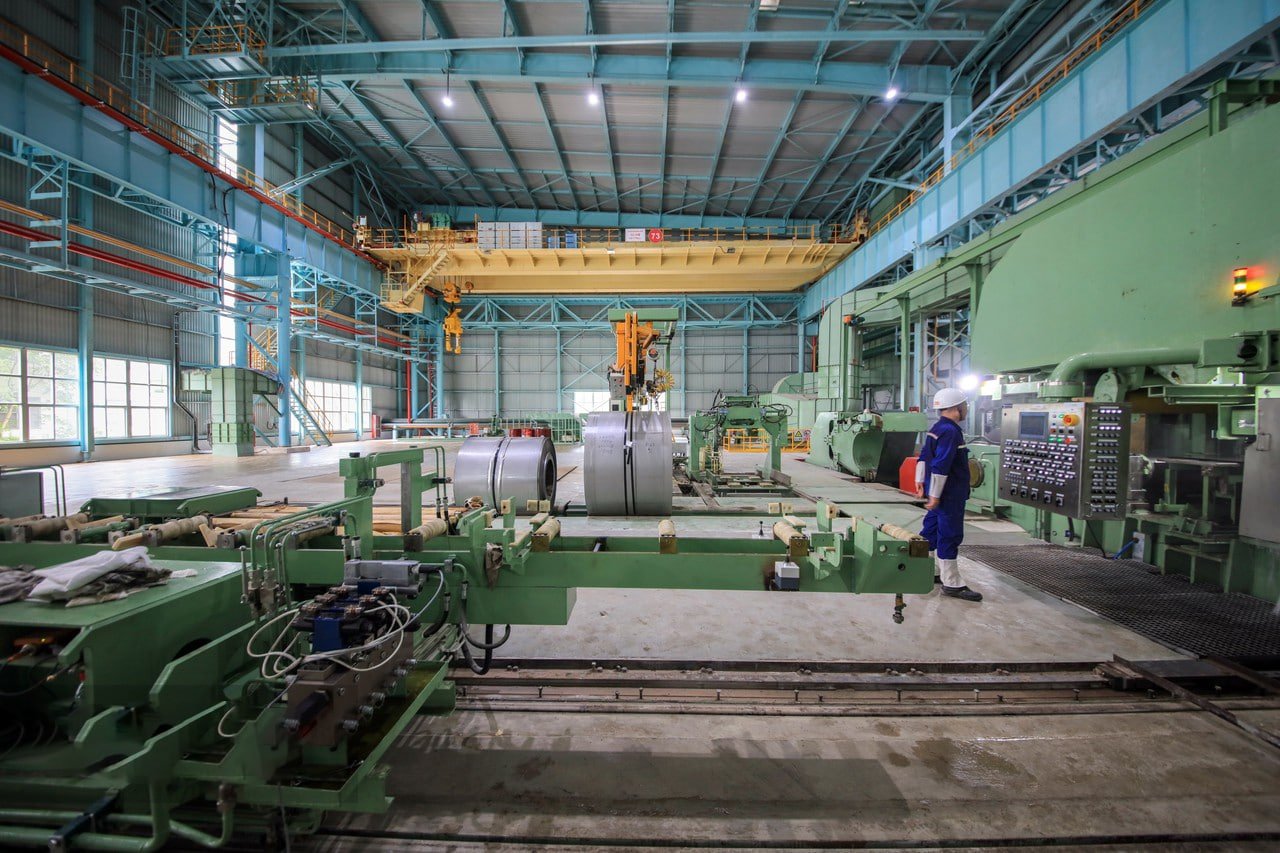
Advanced Detection Technologies
Modern inspection systems have revolutionized how we detect and analyze pipe defects. The National Institute of Standards and Technology's research shows that automated inspection systems now achieve detection rates exceeding 95% for critical defects.
| Inspection Method | Detection Capability | Primary Application |
|---|---|---|
| Ultrasonic Testing | 0.1mm internal flaws | Volumetric inspection |
| Eddy Current | Surface defects to 0.2mm | High-speed testing |
| Radiography | 2% wall thickness variation | Weld examination |
The evolution of inspection technology has transformed quality control in pipe manufacturing. Through our collaboration with leading testing equipment manufacturers, we've witnessed remarkable improvements in both accuracy and efficiency. The Journal of Nondestructive Evaluation reports that modern automated systems can inspect up to 60 meters of pipe per minute while maintaining high detection reliability.
Real-Time Monitoring Systems
Integration of real-time monitoring has significantly improved defect detection capabilities. According to the International Journal of Advanced Manufacturing Technology, continuous monitoring systems can now:
- Track subtle changes in material properties
- Identify developing defects before failure
- Provide immediate feedback for process adjustment
- Generate comprehensive quality documentation
Data Analysis and Reporting
The rise of digital inspection systems has revolutionized how we analyze and document defects. The American Society for Quality's 2023 report highlights how modern inspection systems utilize artificial intelligence and machine learning to:
- Automatically classify defect types
- Predict potential failure points
- Generate detailed inspection reports
- Track quality trends over time
For instance, a major nuclear power industry supplier implemented advanced detection systems that combine multiple inspection methods with automated analysis. Their results showed:
- 40% improvement in defect detection
- 60% reduction in inspection time
- Enhanced documentation accuracy
- Better prediction of potential issues
What Preventive Measures Minimize Defects in Stainless Steel Pipe Production?
Through my experience managing quality control systems, I've learned that prevention is far more cost-effective than correction. The American Society for Quality (ASQ insights)8 estimates that preventive measures can reduce manufacturing defects by up to 75%.
According to ISO 9001:2015 quality management principles, effective defect prevention requires systematic process control, regular equipment maintenance, proper material handling, and comprehensive staff training.
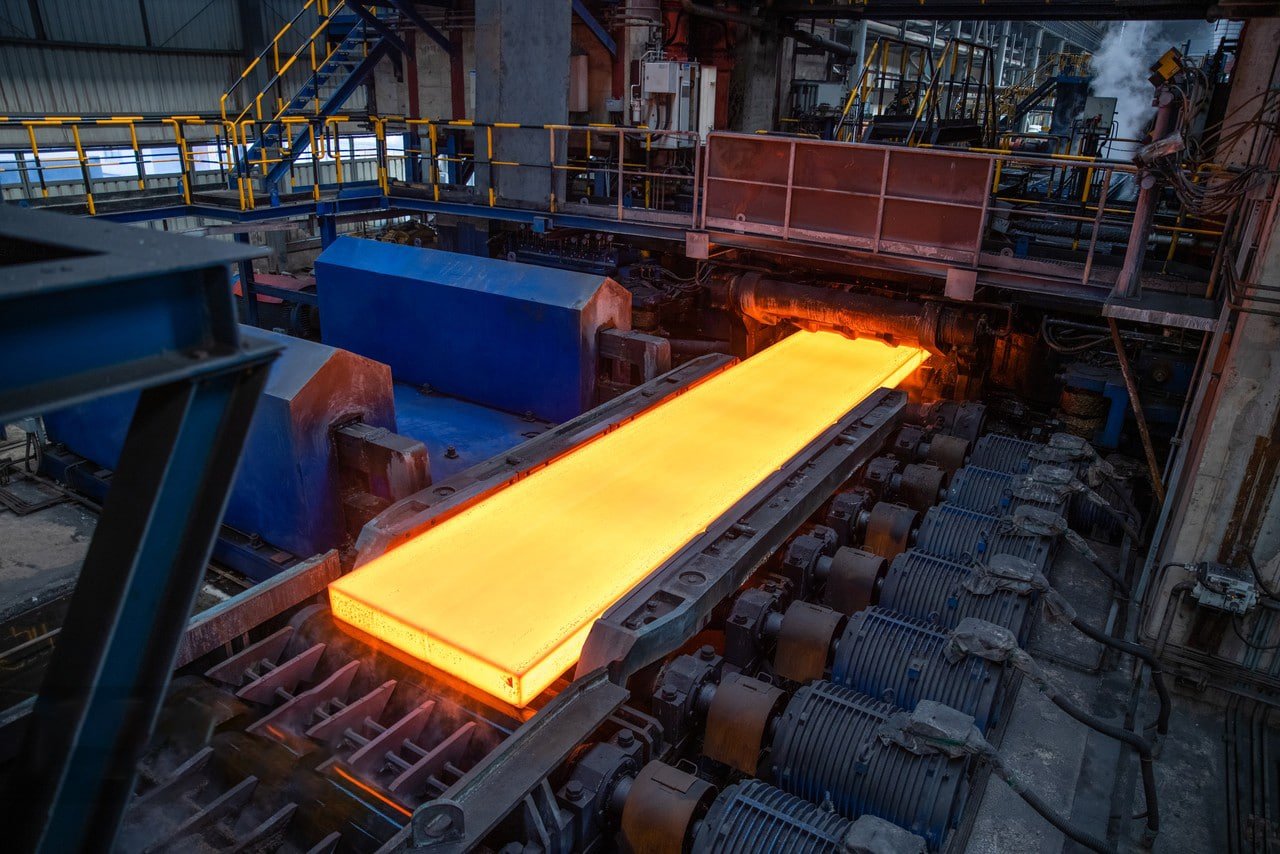
Process Control Systems
The International Quality Federation's 2023 manufacturing study reveals that automated process control systems play a crucial role in defect prevention. Modern manufacturing facilities employ sophisticated monitoring and control systems that maintain critical parameters within tight tolerances.
| Control Parameter | Tolerance Range | Impact on Quality |
|---|---|---|
| Temperature | ±5°C | Microstructure |
| Forming Pressure | ±2% | Dimensional accuracy |
| Welding Speed | ±5% | Joint integrity |
The implementation of advanced process control has transformed pipe manufacturing reliability. According to the Steel Tube Institute, facilities using integrated control systems report:
- 65% reduction in process variations
- 40% fewer quality-related rejections
- Improved consistency in final products
- Enhanced traceability of manufacturing parameters
Material Quality Management
The American Iron and Steel Institute emphasizes that material quality control begins with raw material selection and continues through every production stage. Their research shows that proper material handling and storage can prevent up to 30% of common manufacturing defects.
Modern quality management systems focus on:
- Strict supplier qualification
- Incoming material inspection
- Proper storage conditions
- Material traceability
Training and Certification
The Tube & Pipe Association's comprehensive study demonstrates that operator training significantly impacts product quality. Their data shows that certified operators produce up to 50% fewer defects compared to non-certified personnel.
Key aspects of effective training programs include:
- Technical skill development
- Quality awareness
- Standard operating procedures
- Emergency response protocols
Conclusion
According to the International Stainless Steel Forum, effective defect prevention in pipe manufacturing requires a comprehensive approach combining advanced technology, proper process control, and well-trained personnel. This integrated strategy has proven crucial for maintaining high-quality standards in modern pipe production.
-
Understand the role of ASTM standards in pipe quality and safety. ↩
-
Learn about the prevalence and impact of rolling defects in pipe manufacturing. ↩
-
Understand the impact of rolling defects on corrosion resistance. ↩
-
Discover methods for identifying rolling defects in pipes. ↩
-
Learn about common weld defects and their impact on pipe integrity. ↩
-
Understand the significance of heat treatment in preventing manufacturing defects. ↩
-
Explore new technologies in detecting pipe defects. ↩
-
Learn about preventive measures to minimize defects in manufacturing. ↩

